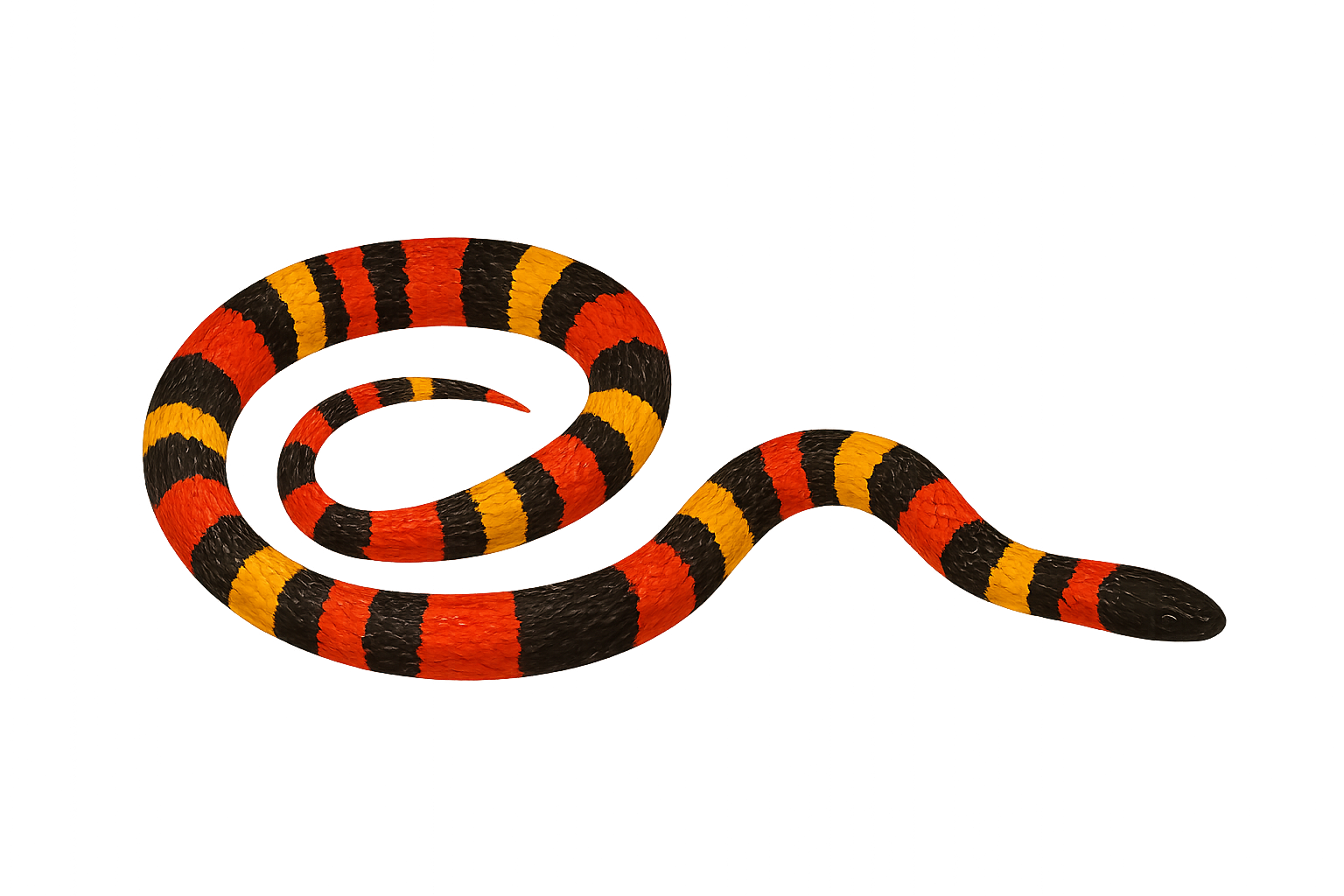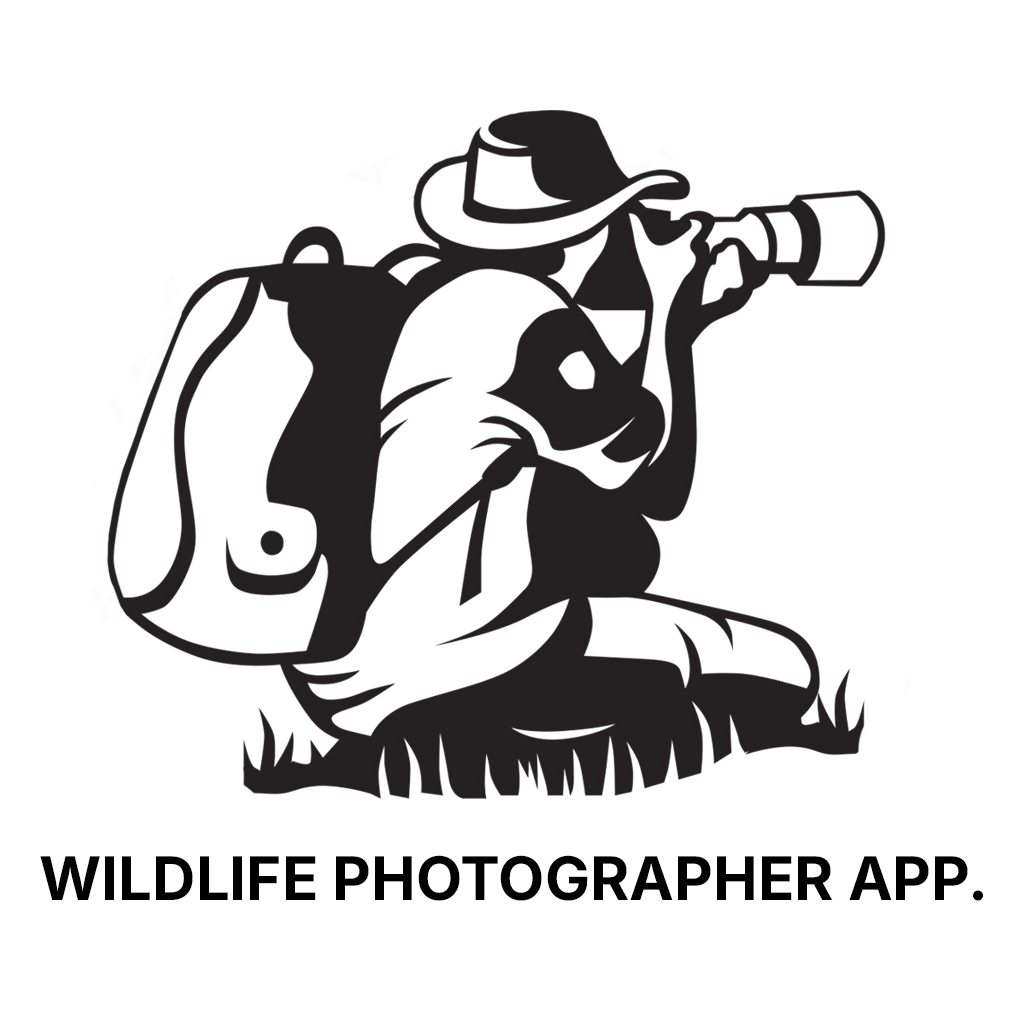Your wildlife photography guide.
Explore the eastern coral snake in detail, study its behavior, prepare your shots.
Where to observe and photograph the eastern coral snake in the wild
Learn where and when to spot the eastern coral snake in the wild, how to identify the species based on distinctive features, and what natural environments it inhabits. The WildlifePhotographer app offers tailored photography tips that reflect the eastern coral snake’s behavior, helping you capture better wildlife images. Explore the full species profile for key information including description, habitat, active periods, and approach techniques.
Eastern coral snake
Scientific name: Micrurus nigrocinctus

IUCN Status: Least Concern
Family: ELAPIDAE
Group: Reptiles
Sensitivity to human approach: Suspicious
Minimum approach distance: 5 m
Reproduction period: March to May
Incubation: 2-3 mois
Births: March to May
Habitat:
Tropical forests, grasslands, and woodlands of Central and South America, mainly in Mexico, Costa Rica, and Nicaragua
Activity period :
Mainly active at night, generally discreet during the day.
Identification and description:
The Coral Snake is a venomous species found primarily in Central and South America, notably in Mexico, Costa Rica, Panama, and Colombia. It typically measures between 50 and 80 cm in length, although some specimens can reach up to 1 meter. It is distinguished by its red, black, and yellow rings, giving it a vibrant and easily recognizable appearance. Although coral snakes are venomous, their bite is rarely fatal due to their small size and the difficulty of delivering the bite, but it can cause severe symptoms due to their neurotoxin. These snakes typically live in tropical forests, where they hide under dead leaves or in shrubs. They primarily feed on small reptiles, amphibians, and young snakes.
Recommended lens:
100 mm – adjust based on distance, desired framing (portrait or habitat), and approach conditions.
Photography tips:
Use a telephoto lens to photograph the coral snake, especially when it moves or hides in the vegetation. The soft light of the morning or evening is ideal for capturing the bright colors and distinctive patterns of this snake. Be extremely cautious, as this snake is venomous, and respect its space to avoid disturbing its natural behavior.
The WildlifePhotographer App is coming soon!
Be the first to explore the best nature spots, track rutting seasons, log your observations, and observe more wildlife.
Already 1 431 wildlife lovers subscribed worldwide

